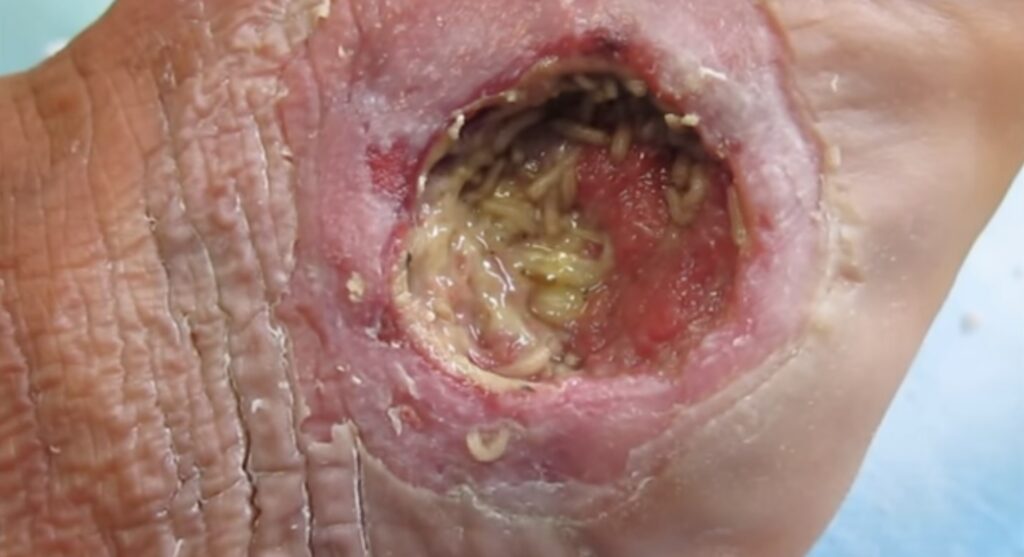Managing diabetes involves being mindful of many aspects of your health, including how your body heals. Sores or ulcers may heal slowly due to diabetes-related complications, including nerve damage, poor circulation, and a weakened immune system. Wound care specialists help diabetic patients treat and manage wounds to prevent infection and long-term discomfort. Here are four aspects of diabetic wound care:
1. See a Specialist Regularly
Partnering with a podiatrist or a wound care expert for routine foot exams helps verify that concerns are addressed promptly. When a wound develops, you should schedule an appointment promptly. Specialists are trained to manage complex wounds associated with diabetes. They will examine the wound, clean it properly, and remove any non-viable tissue in a process called debridement. This helps create a healthier environment for the wound to heal. Regular visits enable continuous monitoring of the healing process, allowing for adjustments to the treatment plan as needed.
2. Evaluate Vascular Flow
One component of diabetic wound care is assessing blood flow to the affected area. Proper circulation is necessary for healing because blood delivers oxygen and nutrients that support tissue repair. A healthcare provider might perform non-invasive tests to check vascular flow, such as using an ultrasound to listen to the blood flow in your arteries. Another test compares the blood pressure in your ankle to the blood pressure in your arm. The results of these evaluations help determine if poor circulation is hindering the healing process.
3. Get an Angiogram
If initial tests suggest a problem with blood flow, your doctor may recommend an angiogram. An angiogram is a detailed imaging procedure used to visualize the inside of your blood vessels. During this test, a special dye is injected into your arteries, and X-rays are taken to show any blockages or narrowing that could be restricting blood flow.
This information allows your medical team to determine the location and severity of any vascular issues. A provider can then develop a targeted treatment plan, which might include procedures to restore circulation to the wound area. Understanding the extent of these blockages is significant for effectively treating non-healing wounds.
4. Prevent Wound Recurrence
Preventive care plays a key role in reducing the risk of diabetic wounds and promoting overall foot health. Proactive steps to maintain your foot health can lower the likelihood of complications, such as severe infection or amputation. Some daily habits to monitor and prevent wound formation include:
- Daily self-checks of your feet and legs for any signs of redness, blisters, or sores
- Keeping your skin clean and moisturized
- Wearing properly fitting shoes and socks that do not create pressure points or friction
- Managing your blood sugar levels as advised by your doctor
Schedule Diabetic Wound Care Today
Managing a diabetic wound requires following a structured care plan that includes seeing a specialist and taking preventive measures. If you have a non-healing wound, a wound care specialist can address the cause, help reduce infection, and monitor recovery. Schedule an appointment with a diabetic wound care doctor today to develop a personalized treatment plan.



